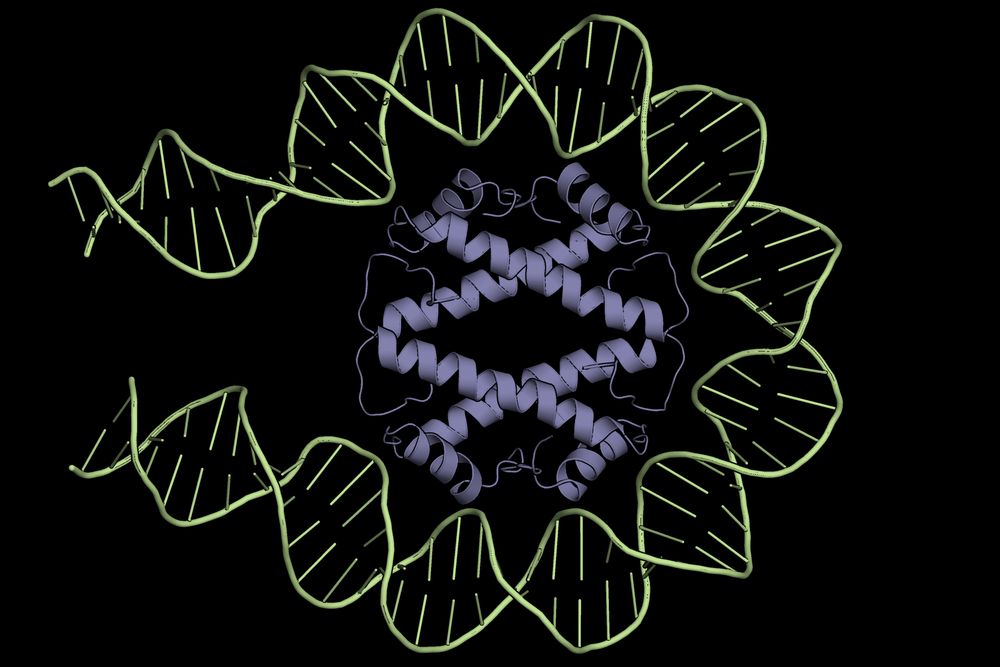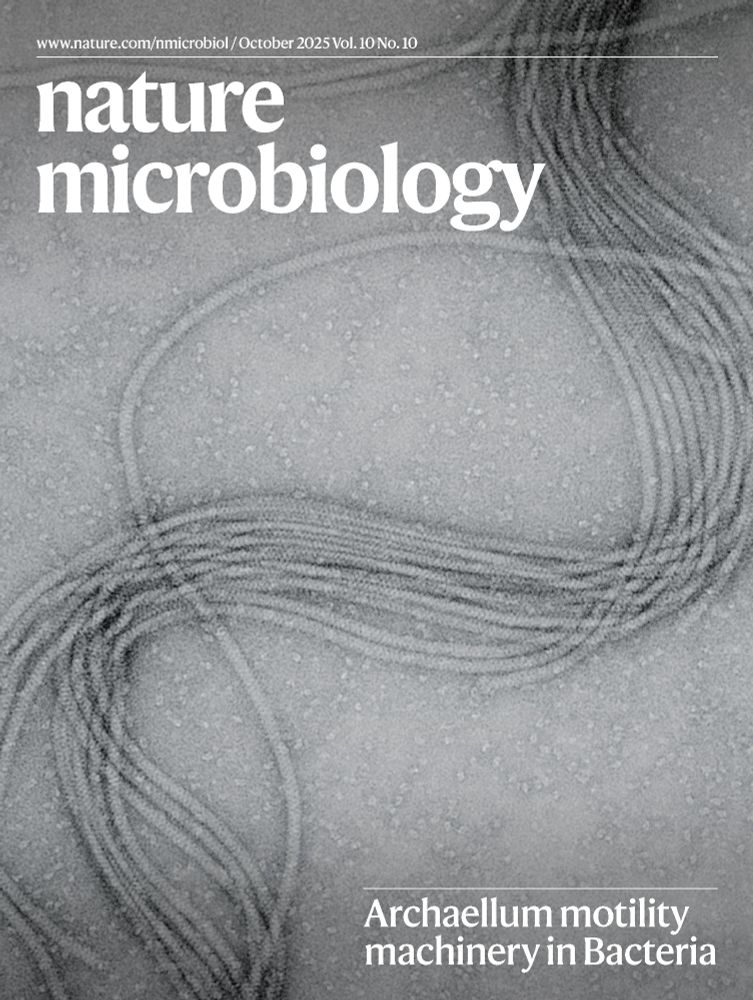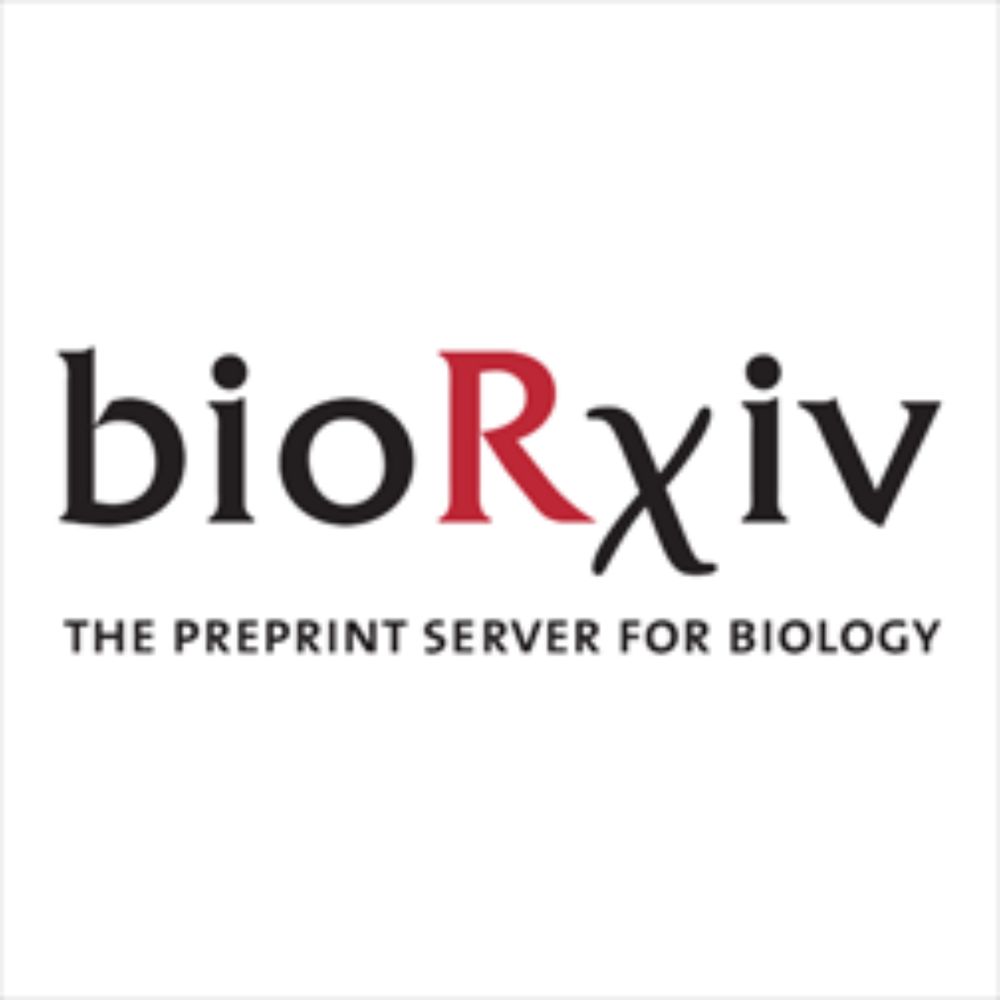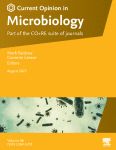Protein evolution // MPI Bioinformatics Toolkit // prokaryotic cell-surface proteins // prokaryotic histones

@mpi-bio-fml.bsky.social
Congratulations to all the authors of the paper 🍾!
kwnsfk27.r.eu-west-1.awstrack.me/L0/https:%2F...
Cryo-EM reveals open and closed Asgard chromatin assemblies: Molecular Cell www.cell.com/molecular-ce...

www.youtube.com/watch?v=fgSf...

www.youtube.com/watch?v=fgSf...
Review article published in @natrevmicro.nature.com with @bupbuse.bsky.social, Andriko von Kügelgen and @vikramalva.bsky.social.
S-layers are everywhere!
www.nature.com/articles/s41...


Brilliant study led by @fmacleod.bsky.social and Andriko von Kügelgen. Tight collaboration with @buzzbaum.bsky.social and lab. Congrats to all authors!
www.biorxiv.org/content/10.1...

Brilliant study led by @fmacleod.bsky.social and Andriko von Kügelgen. Tight collaboration with @buzzbaum.bsky.social and lab. Congrats to all authors!
www.biorxiv.org/content/10.1...
We show that #Expansion #Microscopy is a broad-spectrum modality for Euks, enabling 3D phenotypic maps rooted to phylogeny.
#ProtistsOnSky #SciComm #SciSky
www.cell.com/cell/fulltex...
We show that #Expansion #Microscopy is a broad-spectrum modality for Euks, enabling 3D phenotypic maps rooted to phylogeny.
#ProtistsOnSky #SciComm #SciSky
www.cell.com/cell/fulltex...


www.nature.com/articles/s41467-025-64120-8

www.nature.com/articles/s41467-025-64120-8
Thanks also to Marta Rodeiguez for keeping the EM im shape in @ottlab.bsky.social lab!
At @biologyunifreiburg.bsky.social at @uni-freiburg.de @sfb1381.bsky.social @cibss.bsky.social
🦠 Cancer microbiome
🌊 Marine microbes in warming oceans
🌐 broad-range phages
🧬 genetically minimised Salmonella
🔧 Viral infection mechanisms
🧪 Oxaloacetate antiviral defence
and more, here: www.nature.com/nmicrobiol/v...

Thanks also to Marta Rodeiguez for keeping the EM im shape in @ottlab.bsky.social lab!
At @biologyunifreiburg.bsky.social at @uni-freiburg.de @sfb1381.bsky.social @cibss.bsky.social
A short thread on how Ectocarpus and its TE secrets have kept me busy lately:
rdcu.be/eITQH
A short thread on how Ectocarpus and its TE secrets have kept me busy lately:
rdcu.be/eITQH
The call closes Nov 3. Please get in touch if you would like more information. Come join us! 👩🔬🤓

The call closes Nov 3. Please get in touch if you would like more information. Come join us! 👩🔬🤓
a small press on our discovery of ComFB signaling family by @claussenarne.bsky.social @hhu.de
www.eurekalert.org/news-release...
w/ @mygalperin.bsky.social @thethormannden.bsky.social
@cmfi.bsky.social @mibinet.bsky.social @sfb1381.bsky.social
a small press on our discovery of ComFB signaling family by @claussenarne.bsky.social @hhu.de
www.eurekalert.org/news-release...
w/ @mygalperin.bsky.social @thethormannden.bsky.social
@cmfi.bsky.social @mibinet.bsky.social @sfb1381.bsky.social
meetings.embo.org/event/24-evo...
meetings.embo.org/event/24-evo...

www.biorxiv.org/content/10.1...

www.biorxiv.org/content/10.1...
A great collab. w/ @mygalperin.bsky.social @vikramalva.bsky.social @thethormannden.bsky.social
www.pnas.org/doi/10.1073/...
@hhu.de @cmfi.bsky.social
@sfb1381.bsky.social
@mibinet.bsky.social

A great collab. w/ @mygalperin.bsky.social @vikramalva.bsky.social @thethormannden.bsky.social
www.pnas.org/doi/10.1073/...
@hhu.de @cmfi.bsky.social
@sfb1381.bsky.social
@mibinet.bsky.social
(superb collaboration)
ComFB, a widespread family of c-di-NMP receptor proteins
www.pnas.org/doi/10.1073/...

(superb collaboration)
ComFB, a widespread family of c-di-NMP receptor proteins
www.pnas.org/doi/10.1073/...
But here it is, but of course only because Litorilinea aerophilum actually has an archaellum!
Here is what we learned about its cell structure and other surface appendages:
www.biorxiv.org/content/10.1...

But here it is, but of course only because Litorilinea aerophilum actually has an archaellum!
Here is what we learned about its cell structure and other surface appendages:
www.biorxiv.org/content/10.1...
Work by @romainstrock.bsky.social shows that some archaea can kill bacteria by secreting peptidoglycan hydrolases. journals.plos.org/plosbiology/...

Work by @romainstrock.bsky.social shows that some archaea can kill bacteria by secreting peptidoglycan hydrolases. journals.plos.org/plosbiology/...

Predatory bacteria kill and eat other bacteria. Their deadly actions come in many flavors, often via direct physical contact between predator &
prey 🧛
How do they do it?
Our review 📖 @coralietesseur.bsky.social @ysantin.bsky.social
www.sciencedirect.com/science/arti...

Predatory bacteria kill and eat other bacteria. Their deadly actions come in many flavors, often via direct physical contact between predator &
prey 🧛
How do they do it?
Our review 📖 @coralietesseur.bsky.social @ysantin.bsky.social
www.sciencedirect.com/science/arti...
www.nature.com/articles/s41...
Open access link: rdcu.be/exnOc
Many years in the making, great collaboration with @archaellum.bsky.social & @tunglejic.bsky.social
Thanks @ukri.org BBSRC & @leverhulme.ac.uk for funding, reviewers & editor!! 🙏
#microsky #archaeasky
www.nature.com/articles/s41...
Open access link: rdcu.be/exnOc
Many years in the making, great collaboration with @archaellum.bsky.social & @tunglejic.bsky.social
Thanks @ukri.org BBSRC & @leverhulme.ac.uk for funding, reviewers & editor!! 🙏
#microsky #archaeasky

